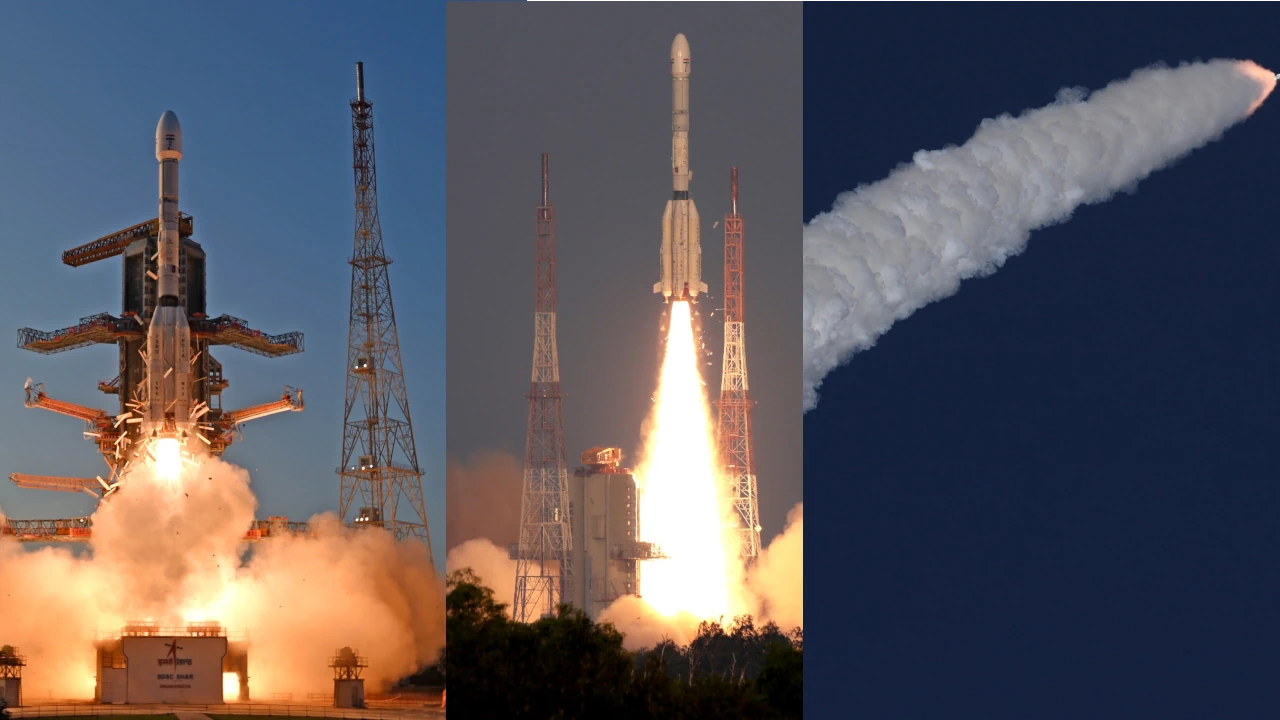The Indian Space Research Organisation marked another milestone with the successful launch of INSAT-3DS, a third-generation weather satellite, aboard the GSLV-F14 rocket on a Saturday evening from Sriharikota. This mission is set to bolster meteorological services and elevate the precision of weather forecasts across the nation. As the GSLV, previously known as the ‘naughty boy’ for its inconsistent performance, soared into the skies at 5.35 pm, it successfully placed the satellite into a 253km geosynchronous transfer orbit approximately 18 minutes later.
Chairman S Somanath expressed his satisfaction over the GSLV’s performance, which has instilled confidence for the upcoming NISAR launch. The INSAT-3DS is anticipated to work alongside the already functioning INSAT-3D and INSAT-3DR, focusing on meteorological observations and tracking both land and ocean surfaces to aid in forecasting weather and issuing disaster warnings. The satellite carries several instruments, including a six-channel imager and a 19-channel sounder, with capabilities of delivering key geophysical parameters essential for studying the atmosphere, land, and ocean. Various departments within the ministry of earth sciences are expected to utilize this data to provide enhanced meteorological services.
Tomy Joseph, the mission director, humorously remarked on the GSLV’s transition from its notorious past to a reliable launch vehicle, likening it to a ‘disciplined boy.’ Other officials like V Narayanan and M Sankaran praised the advancements and performance improvements of the rocket, which now can carry heavier payloads. Meanwhile, two top directors from ISRO described the GSLV as ‘smarty’ and ‘natty,’ signifying its newfound stature.
The GSLV has indeed come a long way since its first development flight in 2001, enduring a series of initial setbacks before achieving back-to-back successful missions. With the indigenous development of the Cryogenic Upper Stage and the introduction of the GSLV Mark III (renamed as LVM3), the launch vehicle is now capable of placing heavier satellites into orbit, showcasing India’s growing autonomy in space technology.
